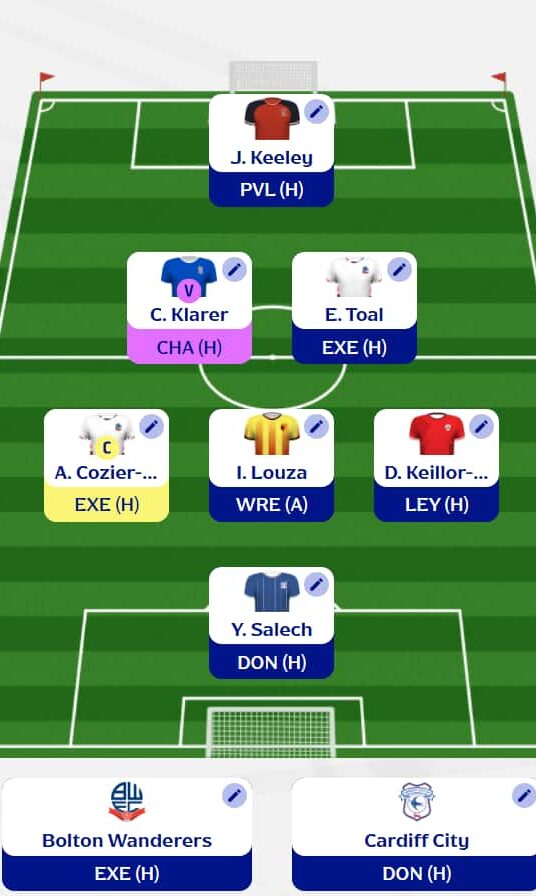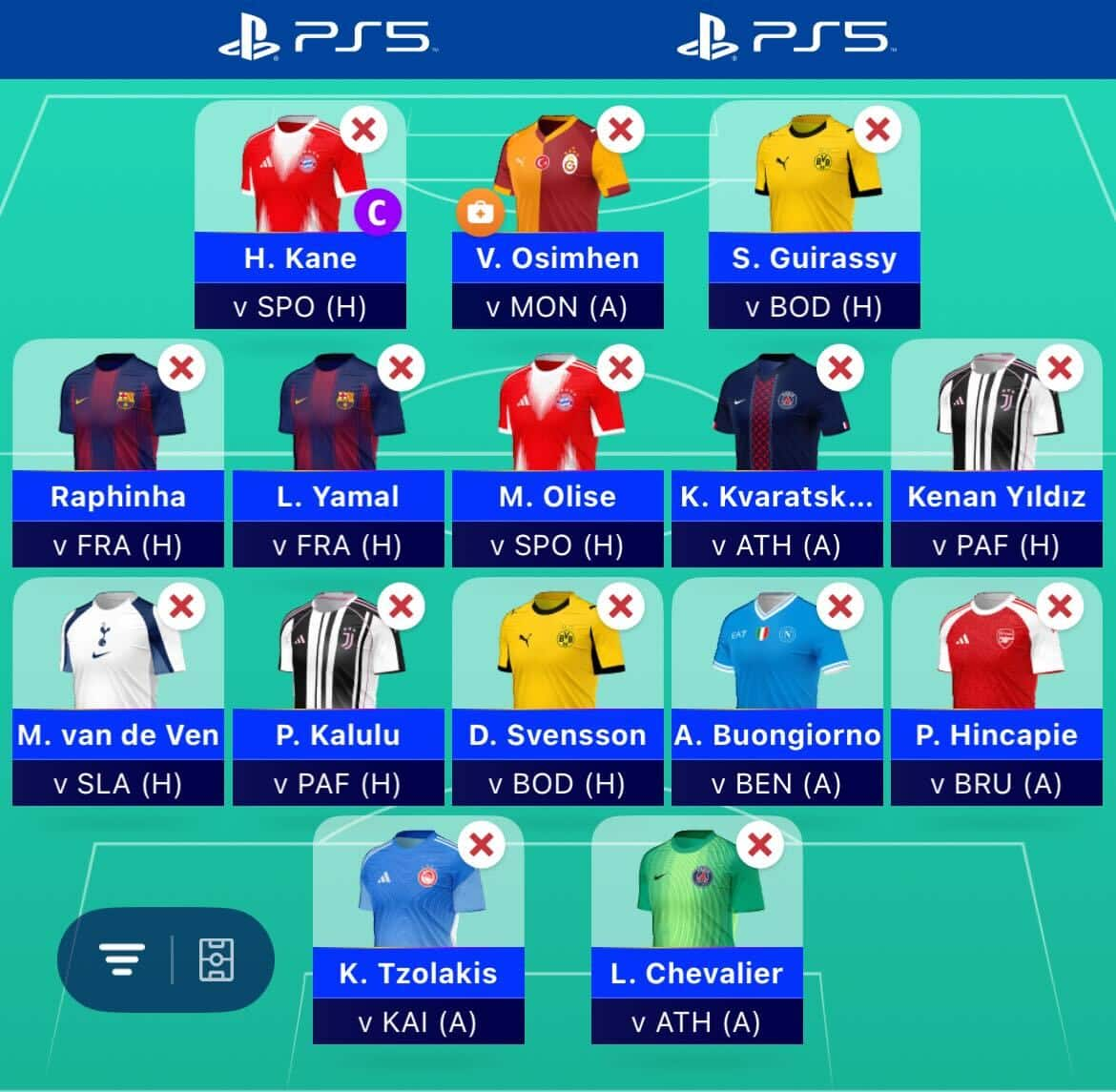One Stat to Rule them All? A look into the relevancy of Expected Goals, Big Chances and Shots Inside the Box
The Fantasy Football Community has grown manifold in the last few seasons, FPL is not a casual game anymore with so many managers playing the game actively. There is a lot of information available to people playing the game and managers are using the core numbers every week, but are they using the numbers that yield accurate results?
I tried to look into various key stats such as Big Chances, Shots Inside the Box and Expected Goals (which has recently become very popular amongst the Fantasy Football Community), and tried to correlate them with the ultimate output, that is, Goals Scored.
I’ve used last season’s (2018/19) data and the season so far (Gameweek 22 of 2019/20) and prepared standalone Tables to find out the Correlation with Goals Scored.
Correlation is a statistic that measures the degree to which two variables move in relation to each other. The value falls between -1.0 and +1.0. A perfect positive correlation means that the correlation coefficient is exactly 1.
Using Pearson’s Correlation (For more information visit here), I’ve compared the 3 key stats with the Goals Scored, to find out which metric is the most relevant to predict future outcomes.
2018/19
The correlation factor (r) is very high for all 3 metrics for the whole season. However, Big Chances Created by the team seems more accurate as it has a higher factor (+0.981) than the other two metrics, although it’s very marginal (xG at +0.965 and SiTB at +0.973).
2019/20
The correlation factor (r) has dropped a bit from last season, with xG (+0.910) and BC (+0.905), although the factor for Shots Inside the Box have dropped by a fair bit (+0.856).
Since it’s the whole league’s stats combined, this is a general outlook and does not look into every team’s stats individually. The Best teams tend to score more from lesser quality chances while the lower table teams score fewer from high quality chances.
Conclusion
It looks like the fancy new toy named Expected Goals (xG) does come pretty close to predicting goals accurately, along with with Big Chances (BC), which also shows just as strong correlation with the Final Output.
For someone who looks into Shots Inside the Box as the main key statistic to determine future viability, I am a bit surprised that xG and especially Big Chances win out in both seasons. Or maybe, it’s a bit underrated and the correlation factor will increase by the end of the season, and match the factor of last season? We’ll have to wait to find out.
Note: The xG numbers used in the article are derived from Opta. There are various different models online which may have different numbers.


